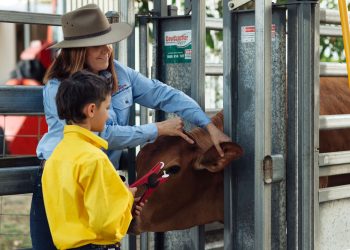In 1897 and again in 1913, Boyne and Calliope Rivers had been
considered by council as a source of Gladstone’s water, but nothing had
Want to read the full article?
Subscribe today to get full access!
Subscribe Now
Subscribe to support local journalism get unlimited access to all Gladstone News content!Already subscribed?
Login to your account via the main menu.























